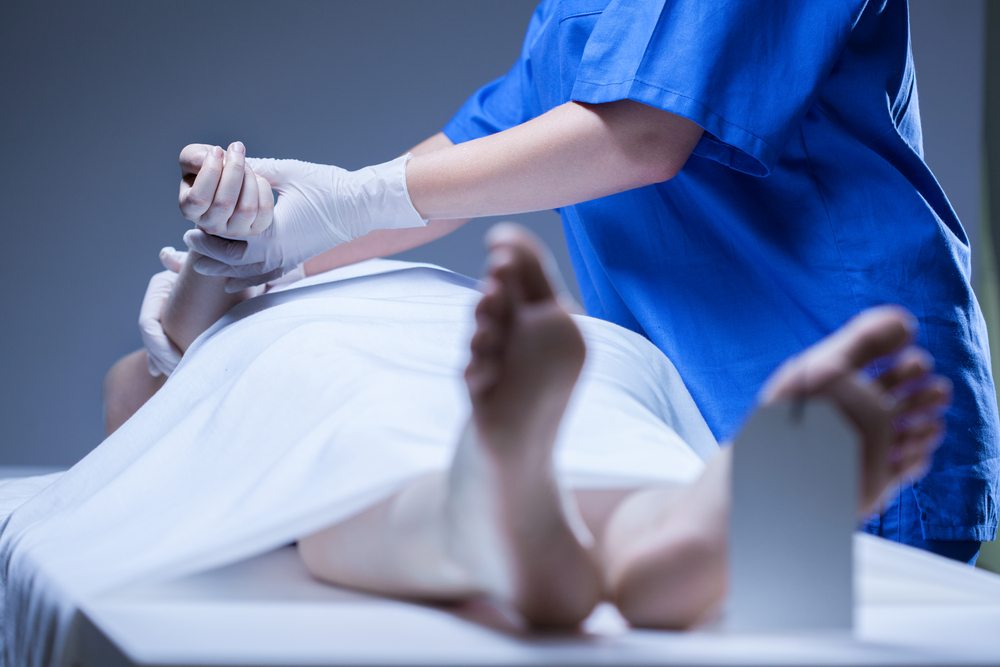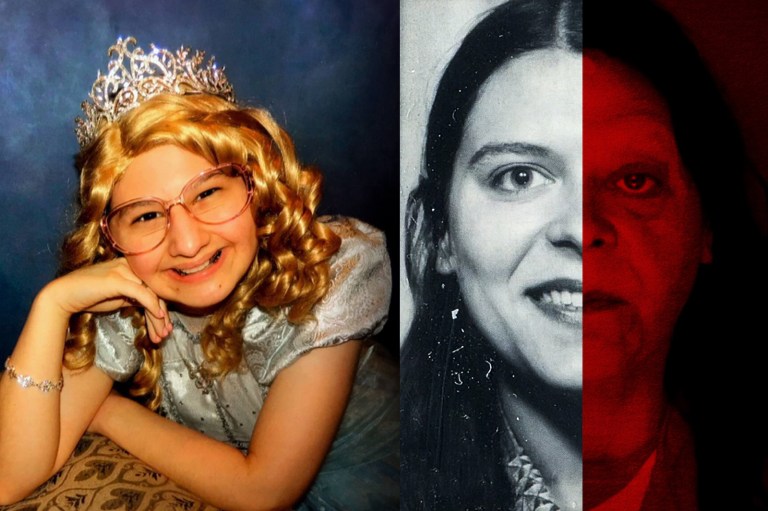
11 Morgue Workers Reveal The Delightfully Weird And Terrible Sh*t They’ve Seen On The Job
8. I’m a pathologist and I’ve done quite a lot of autopsies. Non-forensic ones, like sudden deaths, drug overdoses, suicides, road accidents, that kind of thing.
I think most people would be surprised to learn that the actual autopsy isn’t the part where you slice open the body. This part is called evisceration and it involves removing all the organs (in blocks). It’s very physical work and it doesn’t have to be done by the pathologist – a technician can do this part too (and they’re often better at it). You have to crack off the breastplate with shears and the organs themselves come out in heavy blocks. I usually do my first block by cutting into the mouth from underneath, freeing up the tongue and pulling everything down, so you have tongue, larynx, oesophagus, lungs, and stomach all together and connected. Then I’ll do my second block with the abdominal organs. The brain gets removed by pulling the scalp forwards over the face, sawing into the skull and taking it out. Brains are really soft and squishy – they don’t hold together very well and in decomposed bodies, they just come pouring out like goo.Then you do the actual autopsy, which involves going through the organs one by one, weighing them, examining them and dissecting them apart for any possible cause of death.
Obese bodies are by far the most challenging to deal with. Especially if they’ve had a sudden death at home and have been decomposing in the house for a while with the radiator on. The idea of people being big boned isn’t true – they’ll have this huge heavy thick layer of fat under their skin, just solid yellow and it cakes their organs too. Their bones are a normal size.I’ve never seen an overweight person without some kind of vascular pathology (even if they died from something else, it’s always there). Usually it’s plaques inside the arteries – when you’re doing the autopsy, you have to cut along the main arteries with scissors to open them up and look at them. They’re supposed to be elastic in normal people, but sometimes you can’t actually get a pair of scissors through the vessels because they’re completely solid and crunchy. Most common cause of death is that the the vessels around the heart just get blocked up and the heart fails. The heart can also end up pretty massive from struggling to pump blood through narrow, plaque filled vessels.
Smoking related changes are pretty common too. You get the vascular pathology too and you get black, shriveled looking lungs. Pneumonias are another common one, usually in smokers. Sometimes you’ll be trying to move the lungs and as soon as you get the breastplate off, you just get hit by a river of fluid and pus. You’ll cut into the lungs and it’ll be like a black sponge full of yellow thick fluid.
Suicides are common. Often they’re carbon monoxide poisoning, but hangings are also extremely common. The ligature usually cracks the cartilage in the neck and snaps the small bone in your neck called the hyoid. You sometimes get small amounts of fluid in the lungs too. To me, it looks like a horrible way to go. Weirdly, I haven’t seen as many intentional overdoses as you’d think. I think more people must tend to survive those.
Road traffic accidents are common too, especially motorbikes and scooters. I’ve seen shattered ribcages, skulls caved in, spines severed. And it’s almost always teenage or early twenties males.
After the autopsy, you put all the organs back inside the body, in plastic bags. The technicians will then stuff the body with packing to get the shape right and sew them back up. If you’ve eviscerated properly, you’ll have made your incisions on the neck far back enough that it’s not too obvious. Everyone really respectful of the bodies – they’ll get washed and cleaned, a lot of care is taken with sewing them back together.
Afterwards, the funeral directors will come and pick them up and take them to a funeral home and they do most of the work in making the body suitable for the family to view – we just try to limit the aesthetic damage done by the autopsy. I have nothing but praise for funeral directors – it’s a job that requires a lot of compassion and they are universally wonderful people who don’t get enough credit for what they do.
As far as smell goes – you get used to it so quickly. In my first autopsy, the body was quite decomposed and I was being sick in my mouth behind my mask and thinking “I can’t do this job, I’ll never be able to deal with the smell.” But you stop noticing it very quickly. One thing you don’t get used to is the cold. Everything is always absolutely freezing.
I think people think stuff like decomposing bodies and bad smells and gory accidents and so on would be the “scary” part. But the really scary part of the job is seeing what unhealthy lifestyles do to people, on the inside. I always think that all of these people, at one point or another, probably thought, “It won’t happen to me.” But it absolutely did.











